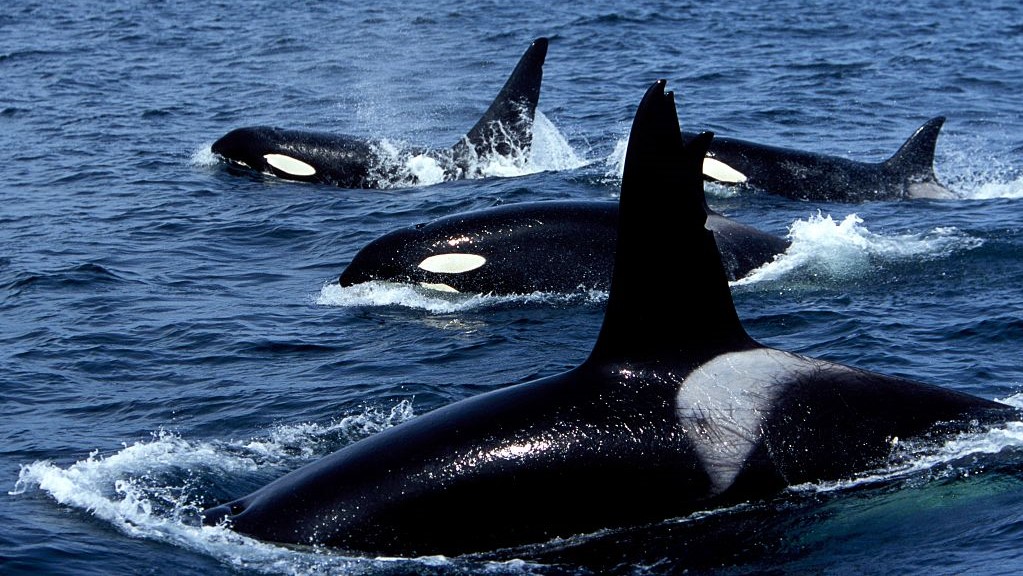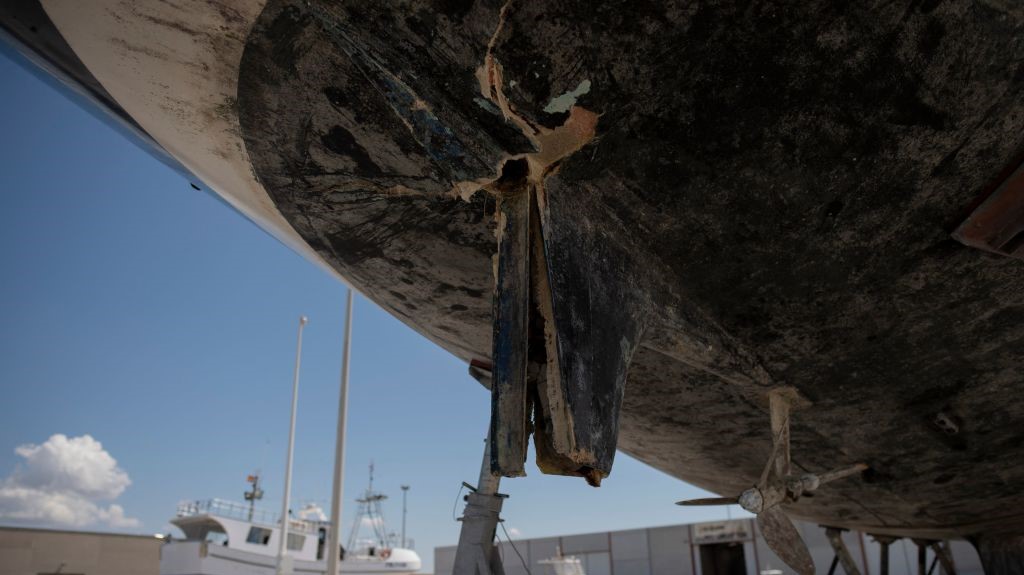Orcas rip rudder off boat and follow it all the way to port, in 1st known attack of its kind
Previous reported interactions between orcas and sailboats followed a clear pattern, with the animals losing interest and swimming away once they had broken the rudder.

A group of orcas recently nearly sank another sailboat in the Strait of Gibraltar and followed the vessel all the way to port — marking the first-known case of the killer whales stalking a boat after destroying its rudder.
Orcas started behaving unusually and attacking boats in 2020. Since July 2020, there have been 744 reported encounters, 505 of which involved contact between the animals and the ship, according to the Atlantic Orca Working Group (GTOA). One in five interactions have prevented boats from sailing on and three have ended in vessels sinking.
Most of these interactions ended in the orcas losing interest in the boat once they'd broken its rudder. But during the recent attack on the night of May 24, the orca pod continued to stalk the yacht "Mustique" even after damaging the vessel. It is unclear whether this marks a shift in the orcas' learned pattern of aggressive behaviors towards sailboats.
Related: In rare attack, 30 orcas 'badly wounded' 2 adult gray whales in California
"They didn't leave after the rudder was removed," April Boyes, an experienced sailor who was aboard the Mustique, told Live Science in a message on social media.
The crew first spotted the orcas around 9:30 p.m. local time as they were sailing through the Strait of Gibraltar. "It didn't take long for them to start hitting our rudder and the force of this would spin the helm violently and you could feel the vibration through the deck," Boyes wrote in a blog post.
After breaking the rudder, the orcas seemed to lose interest and swam away. But 20 minutes later, the pod returned and began circling the boat. "After an hour of the orcas continuing to hit the rudder it was evidently now completely destroyed and water started to flow into the boat," Boyes wrote.
Sign up for the Live Science daily newsletter now
Get the world’s most fascinating discoveries delivered straight to your inbox.
The crew alerted the Spanish coastguard, which towed the boat to the port of Barbate. But even then the orcas lingered. "The orcas continued to follow the boat until we got inshore," Boyes wrote.

Experts with the GTOA, who have been keeping track of the unusual encounters between orcas and boats off the Iberian coast, declined to comment on whether the new behavior of pursuing the battered boat signified a shift in the orcas' strategy.
"Navigators are not sending us reports of the interactions so we cannot answer blindly and without information about these cases," Alfredo López Fernandez, a biologist at the University of Aveiro in Portugal and representative of the GTOA, told Live Science in an email.
Spanish officials and researchers from the group Conservation, Information and Research on Cetaceans (CIRCE) plan to use satellite trackers to monitor six orcas that have been involved in attacks. One orca has already been tagged, government representatives said in a statement.
"Thanks to the GPS of the killer whales and prediction models, we have some variables that allow us to predict where these animals are going to be," Renaud de Stephanis, the president of CIRCE, told the Spanish broadcaster RTVE. "100% of the attacks that have occurred since March until now could have been prevented simply by people being informed."
But some experts think the measure could backfire. "Many of us have reservations because we think that satellite tagging is not going to be of any use in relation to interactions, if not to aggravate the situation, because it is done by shooting and the killer whales will surely not find it very funny," López Fernandez told RTVE.
De Stephanis also recently suggested that sailors could deter orcas by gluing anti-pigeon spikes onto the rudder. "We believe that one solution to reduce the impact, which is cost-effective and highly effective, would be to install anti-pigeon spikes cut to 3 cm [1.2 inches] on the back of the rudder," he wrote in a Facebook post on June 2. "The system should be easy to install (using Velcro or underwater glue) and easy to remove."
For now, sailors should "be prepared if they sail in those areas, avoid sailing at night and approaching the coast, as far as possible," López Fernandez told Live Science.

Sascha is a U.K.-based staff writer at Live Science. She holds a bachelor’s degree in biology from the University of Southampton in England and a master’s degree in science communication from Imperial College London. Her work has appeared in The Guardian and the health website Zoe. Besides writing, she enjoys playing tennis, bread-making and browsing second-hand shops for hidden gems.










